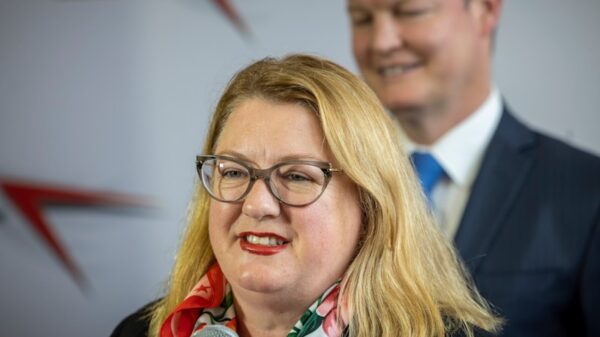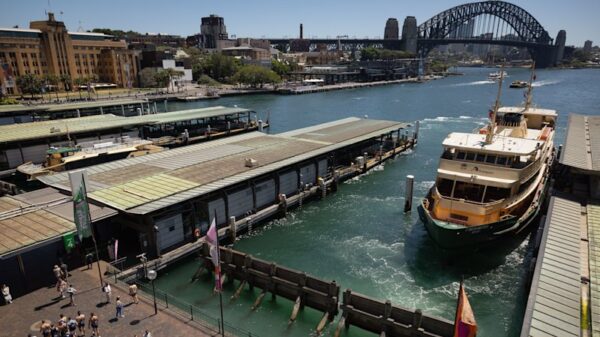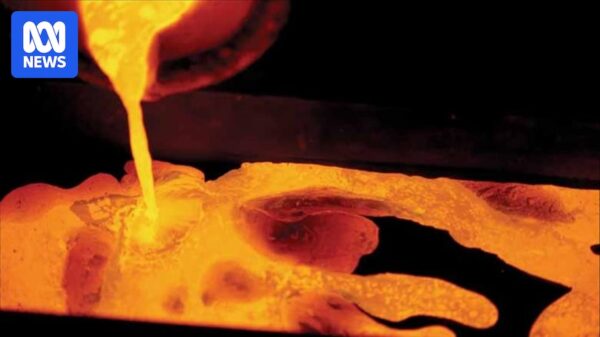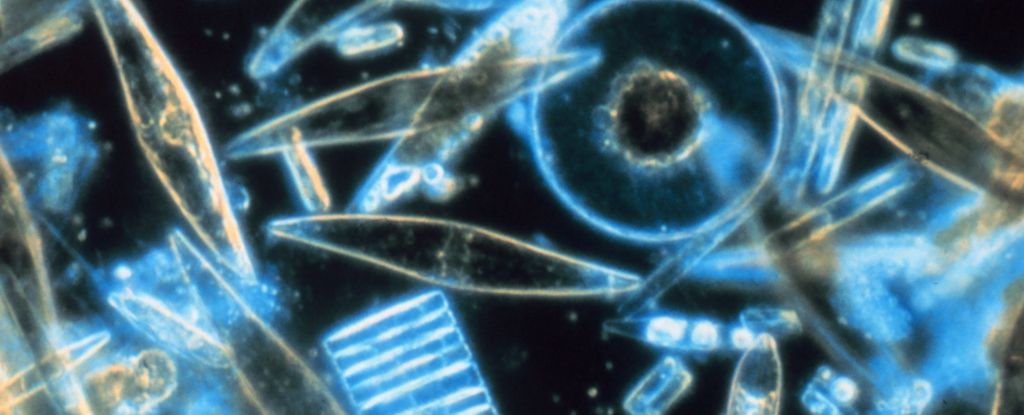A striking turquoise patch spotted in the Southern Ocean has puzzled scientists since its appearance in satellite images in the early 2000s. Recent research led by oceanographer Barney Balch and his team aboard the research vessel Roger Revelle has provided crucial insights into this phenomenon. Their findings suggest that a unique combination of microorganisms, primarily coccolithophores and diatoms, challenges previous assumptions about carbon absorption in these frigid waters.
The area in question lies south of the great calcite belt, a reflective ring of seawater recognized for its high concentrations of coccolithophores. These microorganisms play a significant role in the global carbon cycle, contributing approximately 30 million tonnes of carbon each year through their calcite scales. While coccolithophores are typically not found in the colder waters south of this belt, the recent expedition revealed evidence of their presence in unexpected locations.
To investigate the turquoise patch, Balch’s team undertook an extensive journey from Hawaii to the South Pole, passing through the great calcite belt during the Southern Hemisphere’s summer. “Satellites only see the top several meters of the ocean, but we were able to drill down with multiple measurements at multiple depths,” Balch explained. This comprehensive approach allowed the researchers to gather data on ocean color, calcification rates, photosynthesis rates, and concentrations of inorganic carbon and silica.
The research, published in Global Biogeochemical Cycles, provides the first proof of coccolithophores thriving in these southern waters. The team reported observing moderate concentrations of coccolithophores and detached coccoliths as far south as 60°S. However, the sheer density of diatoms in these waters also contributed to the optical effects observed in satellite imagery, producing a similar reflective quality to that of coccolithophores.
“High-reflectance waters further south of the great calcite belt have been regularly observed, but questioned, due to the fact that coccolithophores are not typically found in such cold waters,” the authors noted. Previous assumptions had attributed this brightness to other materials like loose ice or glacial flour, but the new data suggests that diatoms, with their glassy structures, were primarily responsible for the observed phenomena.
The implications of this research extend to how scientists interpret satellite data regarding particulate organic carbon in ocean waters. Balch emphasized the importance of revisiting these estimates in light of their findings. “We’re expanding our view of where coccolithophores live and finally beginning to understand the patterns we see in satellite images of this part of the ocean we rarely get to go to,” he stated.
In challenging existing paradigms about marine microorganisms in colder regions, Balch and his colleagues have opened new avenues for understanding the dynamics of oceanic carbon cycling, ultimately contributing to the broader knowledge of climate change impacts on marine ecosystems.





























































